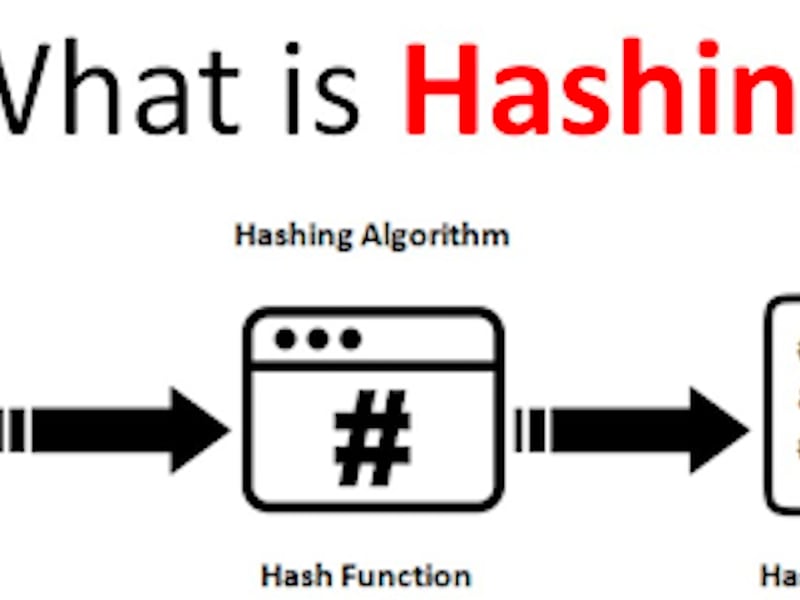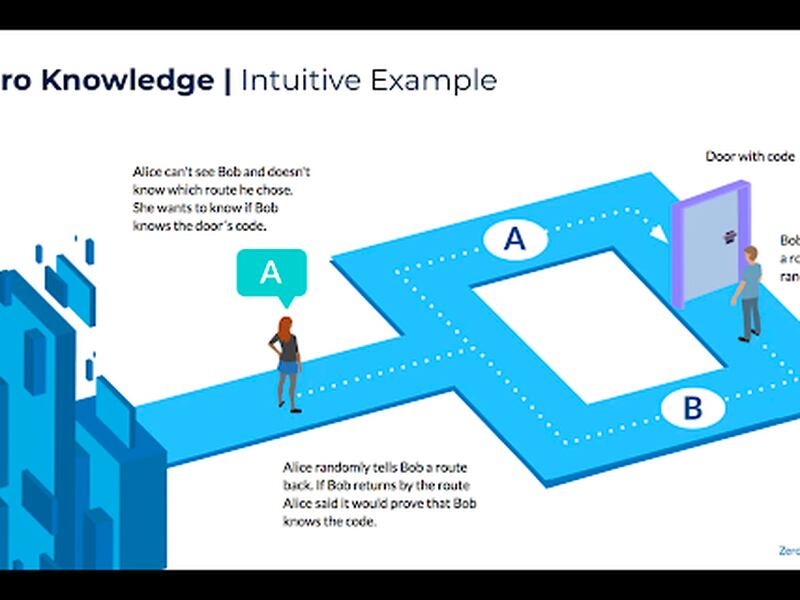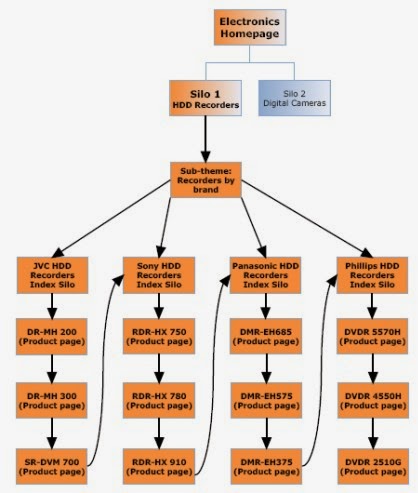Hardware is constantly evolving. Bitcoin (BTC) mining only necessary Raspberry Pis in the pretty early days. Ethereum (ETH) could be mined with an normal consumer laptop computer GPU. Now, validators on newer blockchains are essential to have significant-pace servers, gigabit world wide web connectivity and customized-constructed large general performance hardware. The development and need of the components industry has in no way been larger.
This publish is section of Mining Week. Sam Cassatt is the CEO and Founder of Aligned, a Internet 3 infrastructure firm.
As blockchains continue to evolve and new improvements are developed, so far too will the desire for optimized computing – and even more, the need to have for customized components. Just as World-wide-web 2 created the modern design and style of knowledge facilities, new Net 3 primitives will demand the development of a new construction of components, personalized-developed for the promptly developing desires of the software package.
Parallels in between Internet 2 and Web 3 computing calls for
Website 1 was just about completely looking at and composing straightforward http material. Reasonably easy needs restricted by our fairly basic hardware stack. The desktops were cumbersome and slow, the web was at broadband (or even dial-up) speeds, servers have been bigger and a lot more high-priced to host, etc.
Then arrived World-wide-web 2 – the era of social media and streaming. As the technological innovation grew, so did the calls for of consumers. The new shifts in workload determined the structure of the World wide web 2 info heart. Fb (FB) necessary to system significant serious-time video clip streams that knowledgeable the architecture of their details facilities. Apple (AAPL) made the M1 chip for customers to optimize the World-wide-web 2-centric expertise. AWS’s whole enterprise is based on catering to the demands of Website 2 – shut servers for gated networks.
Even though Satoshi began mining bitcoin on commodity CPUs, the most efficient hashing components finally became GPUs. Rapid ahead a several yrs, and bitcoin is mined at an institutional level on massive networks of ASICs, tailor made pc chips created particularly for the objective of mining bitcoin and almost nothing else. This was the progression of the initial Web 3 workload, born in the era of social media.
Mining is the most simplistic model of this components expansion – the very first chapter. As much more and a lot more networks proceed to use proof-of-stake consensus models and as whole price locked (TVL) carries on to grow in decentralized finance (DeFi), the stakes get greater, the need for computation boosts, making the desire for far better components and infrastructure.
Increasing desire for high-effectiveness computing
At this time, hashing is the principal math that is deployed in blockchain architecture. Ultimately, more than time, our calls for for blockspace will exceed the computational boundaries of networks primarily based on hashing.

Zero-information proofs are emerging as the next progression in the mathematical underpinnings of blockchain scaling. Zero-understanding (ZK) rollups this sort of as ZKSync, Polygon Hermez and many a lot more are beginning to let scalability higher than layer 1, or base, chains. This variety of development in World-wide-web 3 architecture will be required to tackle the sum of on-chain activity to concurrently hold large industries these as DeFi, gaming, decentralized autonomous group (DAO) governance, non-fungible tokens (NFT) and far more.

The challenge is that our classic hardware is not created for zero-knowledge proofs. The basic purpose processors of nowadays are not developed for this style of computation, even though they can do it even so inefficiently. Over time, we will possible see the emergence of specialised components for this goal, just as we sooner or later noticed ASICs arise for bitcoin mining after the computation was understood and solidified.
In the same way, miner extractable worth (MEV) will ultimately be an optimization challenge. Vitalik Buterin’s “Endgame” explores some of the long term instructions we are heading, in particular as block proposers and builders turn into independent. As this takes place the quantity of MEV per block will be optimized, possible generating a independent charge industry for perfectly-built blocks. Once more, this will very likely lead to components optimized options, looking for to enhance as significantly as we can go.
The Web 3 thesis
Absolutely everyone has a little unique imaginations of what Website 3 will in the end seem like. Regardless of your unique vision, if you consider in the World wide web 3 thesis of decentralization, open-resource, permissionless entry to the online, you imagine that ultimately hardware workloads will get optimized. Right now, it is unquestionably not optimized, but as our requires go on to develop, technology carries on to mature and so will the hardware that the following technology of the web will be developed upon.
The views and opinions expressed herein are the sights and viewpoints of the writer and do not always replicate people of Nasdaq, Inc.







More Stories
New low prices on phones, tablets, and more
Watch Adam Savage Go “Hands On” With the Original Enterprise From ‘Star Trek’ – Review Geek
Google Messages reactions about to expand in choices